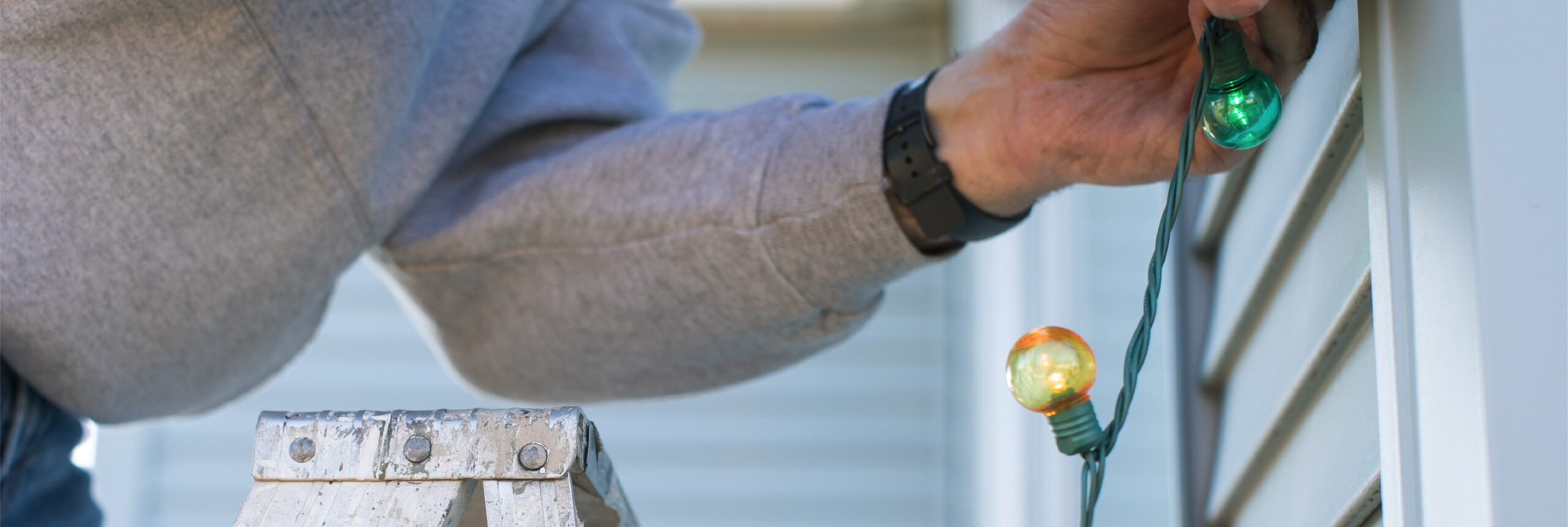Ready or not, the holiday season is right around the corner.
My porch is decorated with pumpkins and witch hats, and my neighbor has tiny orange lights that adorn her banister leading to the front door. Evidence of Halloween and Autumn, even in the ever-humid Southeast, is everywhere I turn. But for those of us who are passionate about sustainability, it’s difficult not to notice how everything we do impacts the environment, particularly during times of increased consumption and less natural light.
In August of this year, the ban on the manufacture and sale of incandescent light bulbs went into effect throughout the United States. The regulation requires that general service lamps, most often referred to as household light bulbs, are now required to emit 45 lumens-per-watt. Because incandescent lighting only provides around a third of that, they’re no longer acceptable for the U.S. Market.
The Department of Energy (DOE) estimates that lighting accounts for 5% of global greenhouse gas emissions and by banning incandescent lights, American consumers will save nearly $3 billion per year on their utility bills ($100 per family). Over the next 30 years, the ban will cut carbon emissions by 222 million metric tons, an amount equivalent to the emissions generated by 28 million homes in one year.
Compact Fluorescent lightbulbs (CFLs) could be next on the chopping block in the U.S. In fact, California and Vermonthave already passed legislation banning them in their state. The DOE proposed a rule in December 2022 that would increase the minimum light bulb efficiency level to over 120 lumens per watt for the most common bulbs (over double the current minimum). This requirement would take effect by the end of 2024 and would ban CFL bulbs nationally.
This decision is undoubtedly a benefit for the environment and has roots that date back 16 years to the Energy Independence and Securities Act, which was introduced under President George W. Bush. GBI is supportive of these new lighting efficiency standards for its impact on energy consumption. Energy and lighting quality are heavily weighted within Green Globes certification, with more than 25% of the 1,000 points allocated to the Energy environmental assessment area.
Although there are exceptions to the ban for holiday incandescent lights, this year, whether you are decorating your home, school, or office building, opt for LEDs. They will shine brighter and cost less. Also, consider timers rather than leaving lights on all night. Finally, consider recycling old or broken strands instead of tossing them in the trash. HolidayLEDS will send you a coupon in exchange for your old lights. You’ll have peace of mind knowing your choices make a difference.

